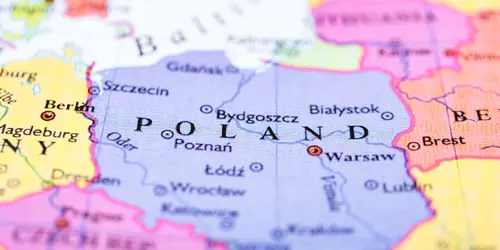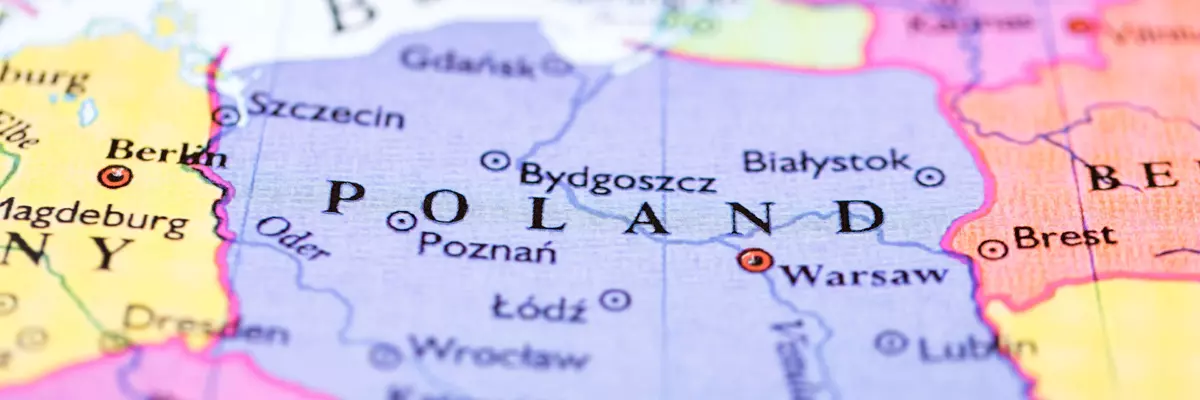The climate year of Poland
Due to its location in eastern Central Europe, Poland is dominated by a temperate climate. In the east of the country, however, the cool continental influence can already be felt, which means that winters are very cold and there is a lot of snow. In summer, however, quite pleasant and warm summer temperatures prevail here. The north with the coastal regions is characterized by the sea air. Warm currents provide a mild summer, but it is also associated with a lot of precipitation. Although the sun often shines, the beautiful weather is repeatedly interrupted by heavy rains. The weather in summer is generally not very reliable in Poland, so you should always be prepared for bad weather in summer when you visit. The west of the country towards the coast is also still dominated by a maritime climate, which is influenced by the Atlantic Ocean. The further south you go, the more the influences of the temperate climate are noticeable. The geography of the country also favors smaller local climates, such as in the Lake District. There it can be often cloudy, but compared to the coastal regions, the weather is much warmer in summer, which also means that the water temperatures are higher.
General information about Poland
Poland has several attractive destinations that can be visited throughout the year. Both in summer and winter, the larger cities such as Warsaw, Gdansk, Szczecin or Krakow are popular destinations. The cities can look back on a long and partly eventful history. Even today, the historic old towns of Gdansk or Warsaw, for example, are witnesses to the former prosperity that was achieved through trade. In Poland there are still many areas with untouched nature, which attracts especially hikers. From spring to early autumn, the country can be hiked and you can be in nature for days, for example, on long-distance trails, without meeting a human being. Poland is less known for winter sports, but due to the sporting successes of ski jumpers such as Adam Malysz and Kamil Stoch or the successes of cross-country skier Justyna Kowalczyk, the country is also perceived as an interesting winter sports alternative to the regions of the Alps. There are almost 500 kilometers of developed ski slopes in the country. There are ski resorts in almost all regions of Poland, but the majority are concentrated in the border areas with the Czech Republic and Slovakia.
Tourism Poland
It gets frosty in Poland from November, especially in the lowlands. Temperatures can drop below -20°C in winter. However, with up to 145 days of snowfall per year, there is plenty of snow, especially in the winter sports areas. The coldest month is on average January and around February the precipitation decreases somewhat. But it can take until March or April until it gets warmer again. The temperatures then slowly rise in May and June, but it is not until July that the temperatures in the central region climb to a pleasant 25°C. This is also the time when the wind blows. But then it also gets windy, because west winds are responsible for the warm temperatures. Only in autumn, from about the end of September, the wind shifts again and brings cold continental winds from the east.



